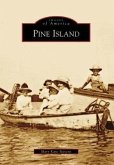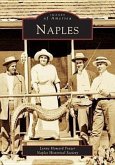Sanibel, a barrier island on the southwest coast of Florida, was originally inhabited by the Calusa Indians around 1500. In 1513, explorer Ponce DeLeon landed ashore the exotic isle, with its brackish estuaries, plush mangrove jungles, and sandy beaches, opening the door for others who would eventually find their way to the island. Over time, Sanibel was visited by European explorers, slave traders, pirates, and Seminole Indians, all of whom added to its colorful and intriguing history. In the late 1800s and early 1900s, the original settlers of modern-day Sanibel arrived on the island. These pioneers were a contrasting group of individuals, comprised of diverse ethic origins and cultures, yet all seemed to share a common goal of using hard work, resourcefulness, and determination to make the island their home. Their efforts and sacrifices greatly contributed to the growth and rich history of Sanibel as we know it today.








